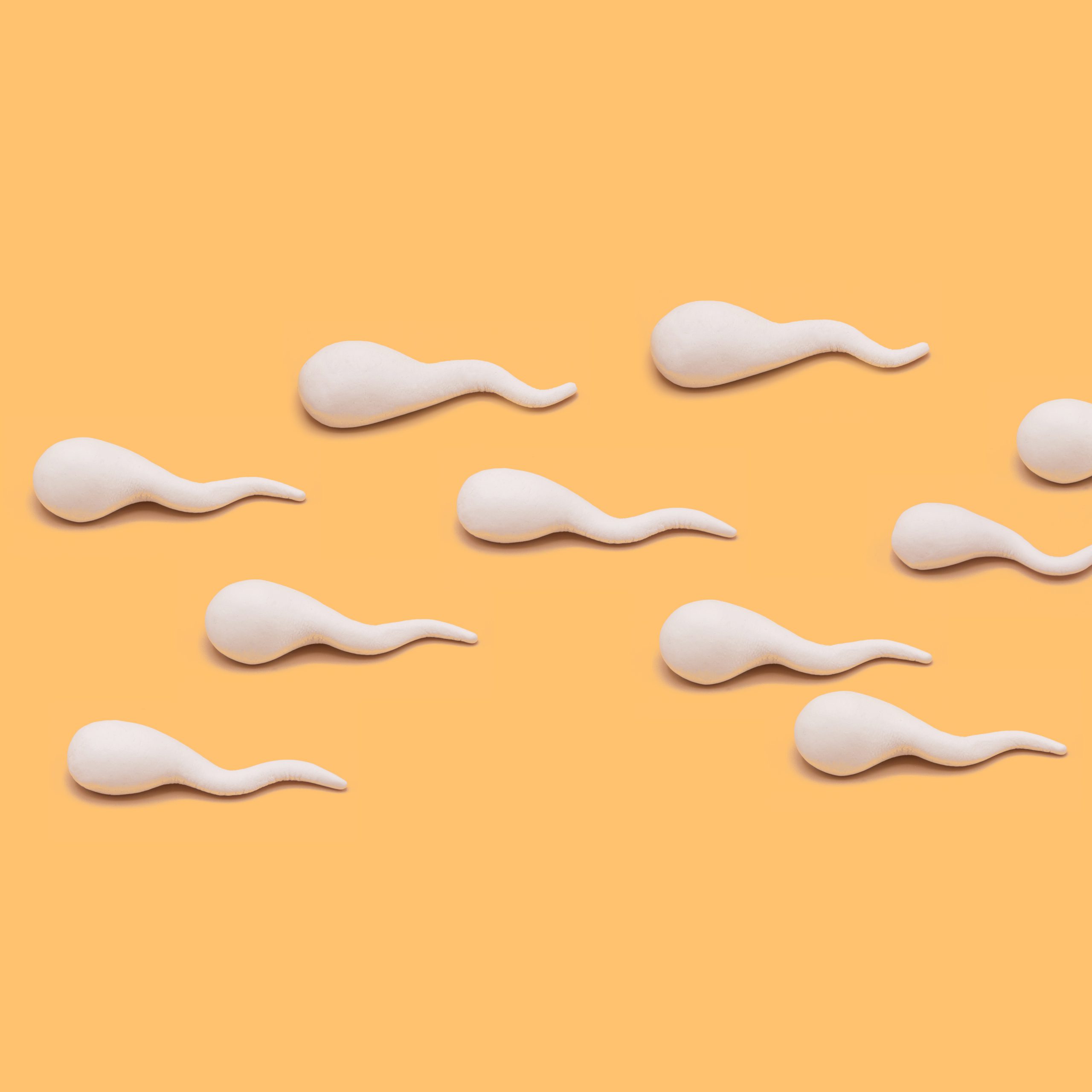Semenogram

What is a Semenogram?
The semen study or semenogram is the most common diagnostic test done in assisted reproduction clinics to evaluate male fertility.
The semenogram is a relatively simple test that provides very detailed and valuable information about the reproductive status of the man. The quality of semen is closely related to lifestyle habits since it is known that factors such as diet or type of work can negatively affect sperm production.
What does it consist of?
On some occasions, the results of the seminogram must be complemented with other tests, such as FISH, DNA fragmentation, semen biochemistry or a study of the man’s hormonal profile.
In some cases, we will recommend repeating the analysis of the last semen analysis between two and three months after the first sample. This is due to the fact that these types of samples present a high variability in the results since spermatogenesis or sperm formation is related to environmental factors. For example, high fever, taking certain medications or supplements, or trauma to the genital region before the test can affect the results.
Technique
The semen sample must be collected fulfilling a series of indications, which are:
Collected in a sterile container, at the clinic we will provide one or you can buy it at any chemist.
Sexual abstinence between 2 and 5 days.
Always collected by masturbation, never with a condom. It is advisable to wash both hands and glans prior to collection..
Collect the entire sample, if any part is spilt, it must be notified when handing in the sample.
If the sample is collected outside the clinic, it is important to ensure that its temperature does not drop below 20ºC and that it does not undergo sudden changes in temperature. To do this, it must be carried in a pocket close to the body. The time between collection and delivery should be no more than one hour.
Other techniques
In addition to being a fertility diagnosis, a seminogram is also requested as a control in vasectomy cases. The vasectomy is considered to have been correctly performed and therefore contraceptive methods can be abandoned, if no sperm are observed in two consecutive seminograms
Frequently asked questions about reproduction treatments
If you would like more information about our treatments, we are always available to help and answer any of your questions.
How long do I have to wait to start treatment?
How many attempts can I make?
In the case of artificial insemination, here at the clinic we recommend a maximum of four attempts, since 90% of pregnancies occur in the first four cycles.
Regarding In-vitro fertilisation or microinjection, our clinic never makes more than four attempts using these techniques.
In the case of egg donation, it is more difficult to establish a limit, this will normally be determined by psychological and also economic factors.
Can you use these techniques when you have already entered menopause?
In these cases, the reception of eggs from a donor must be used.
What are the biggest concerns of egg or sperm recipient couples?
Another factor that concerns a couple is the health of the donors and the physical resemblance to them.
In our centre, both in the case of sperm donors and egg donors, our goal is to seek that the physical resemblance is as similar as possible to the parents.
Are these treatments expensive?
Clínica Fertia is a pioneer in maintaining an honest and transparent policy. Since 2002 we have published the information of the cost of our treatments on our website.